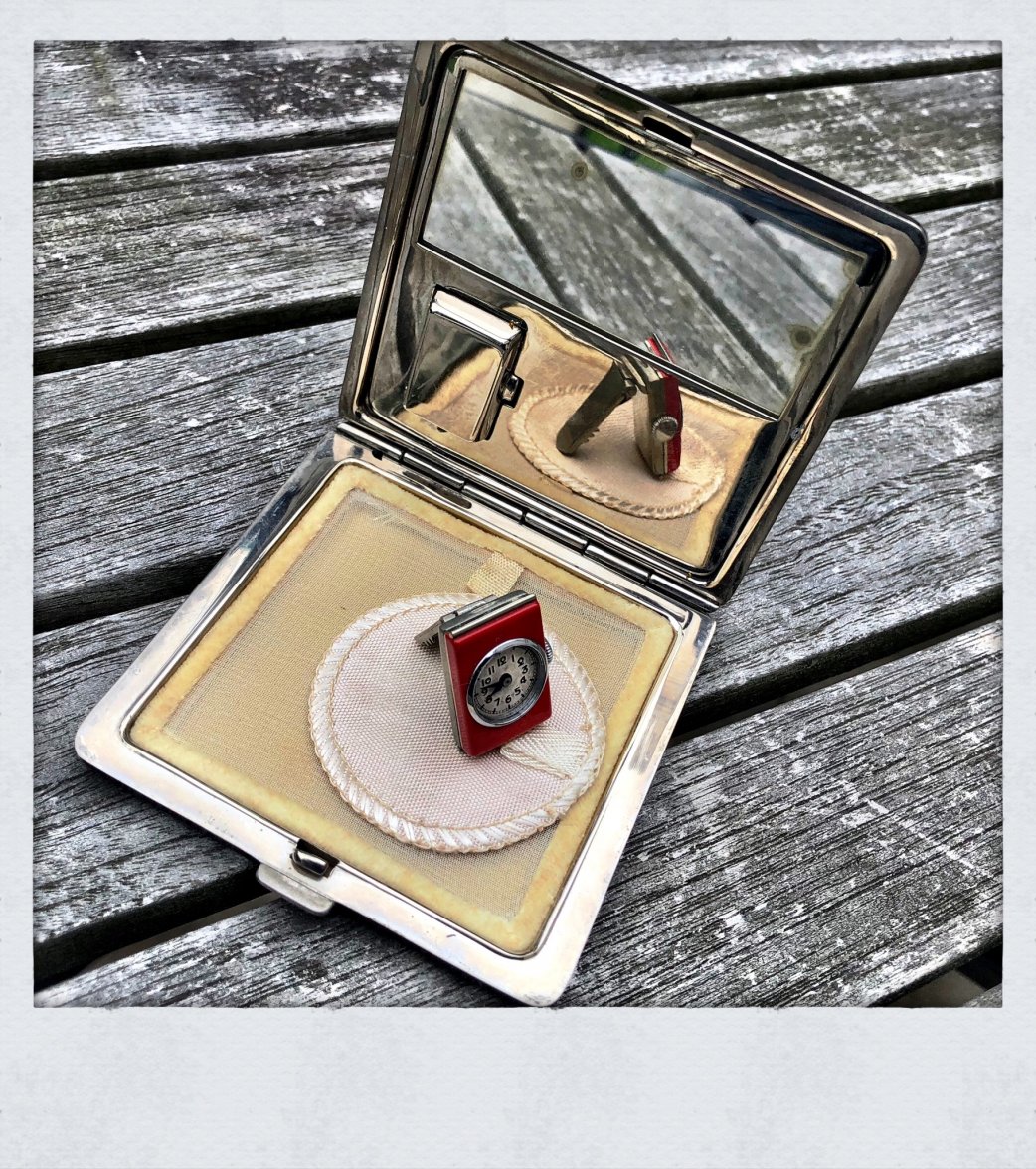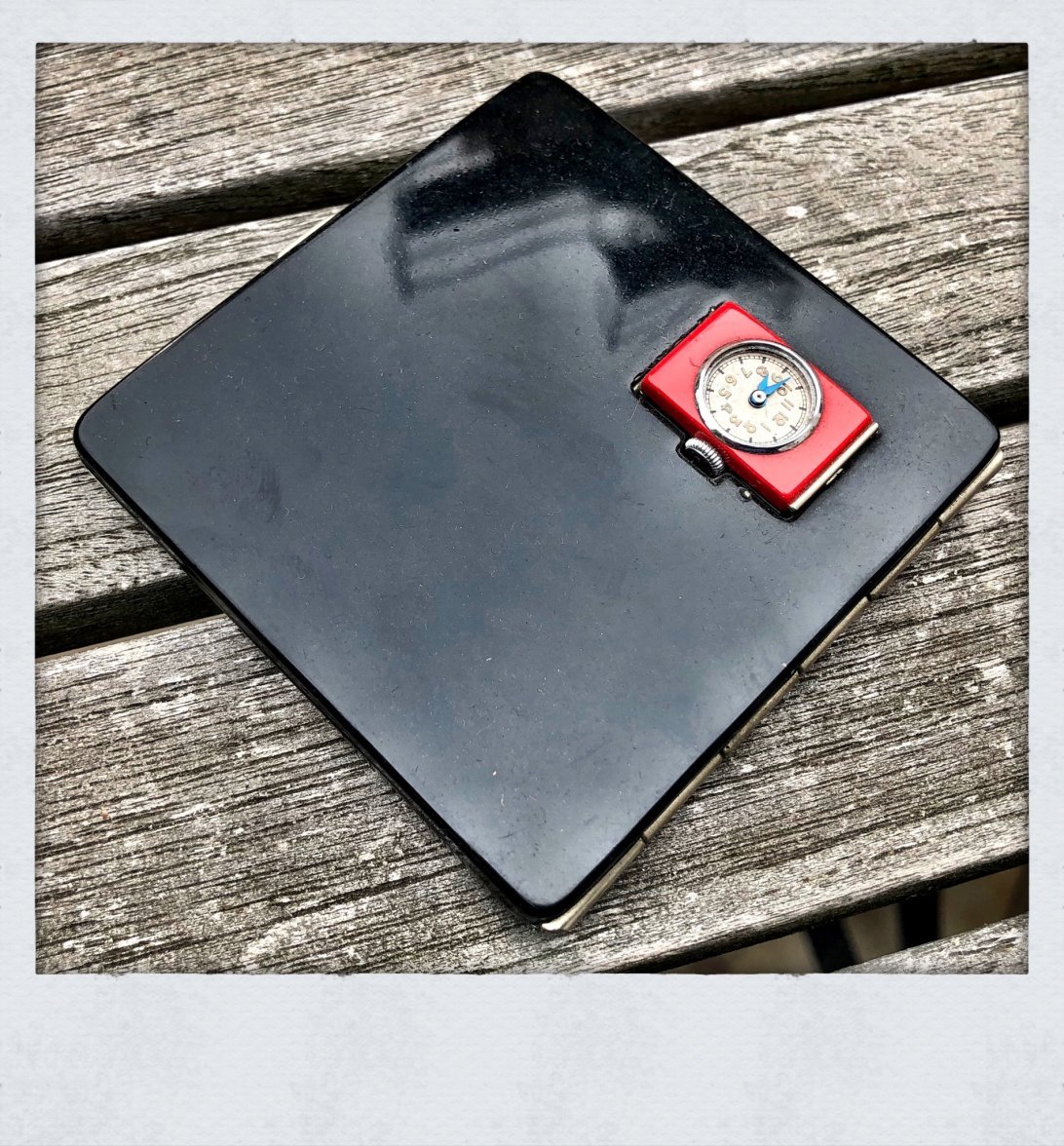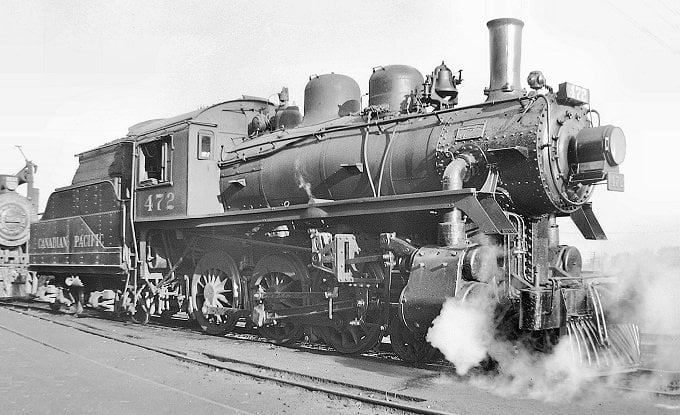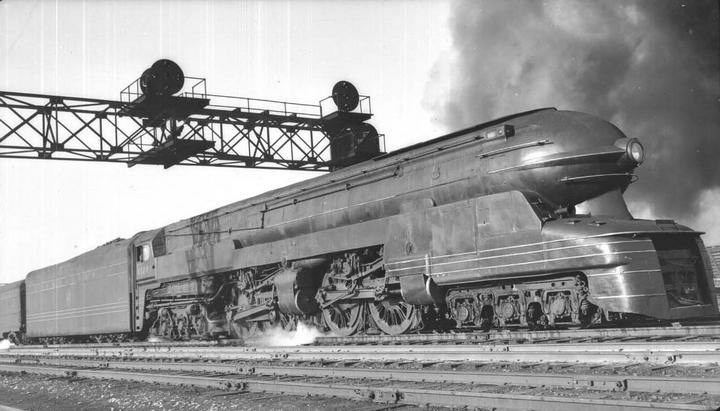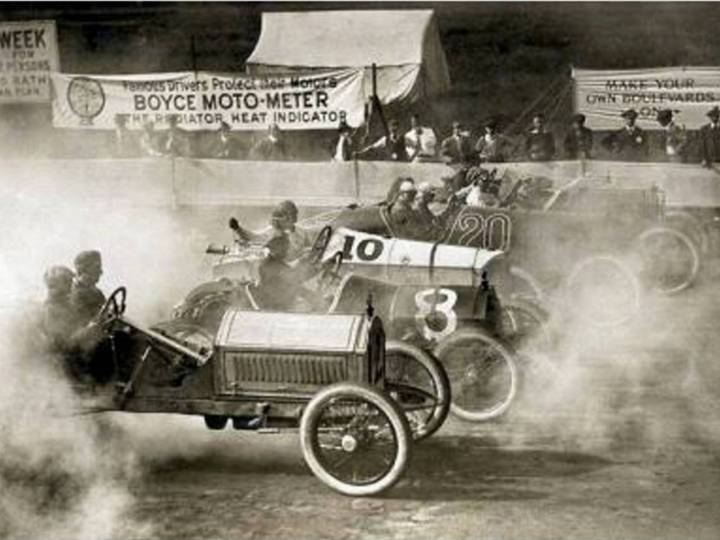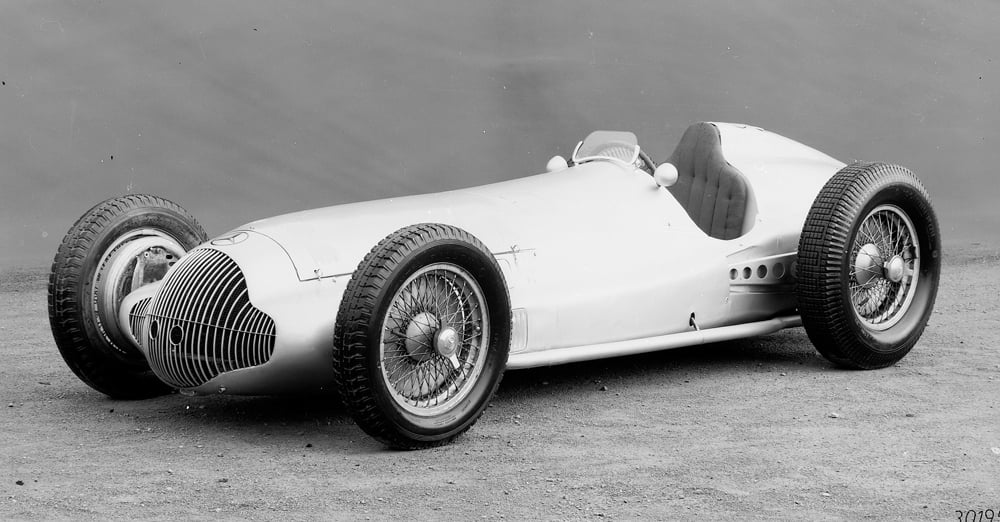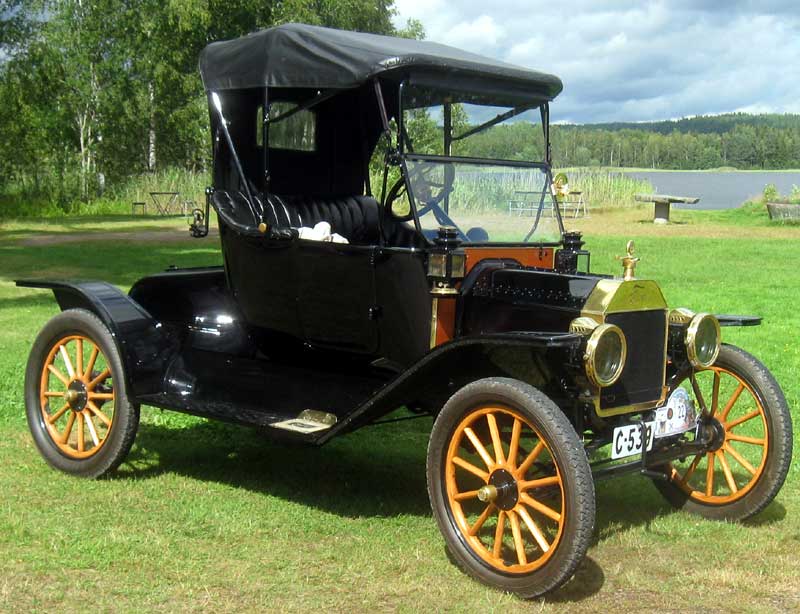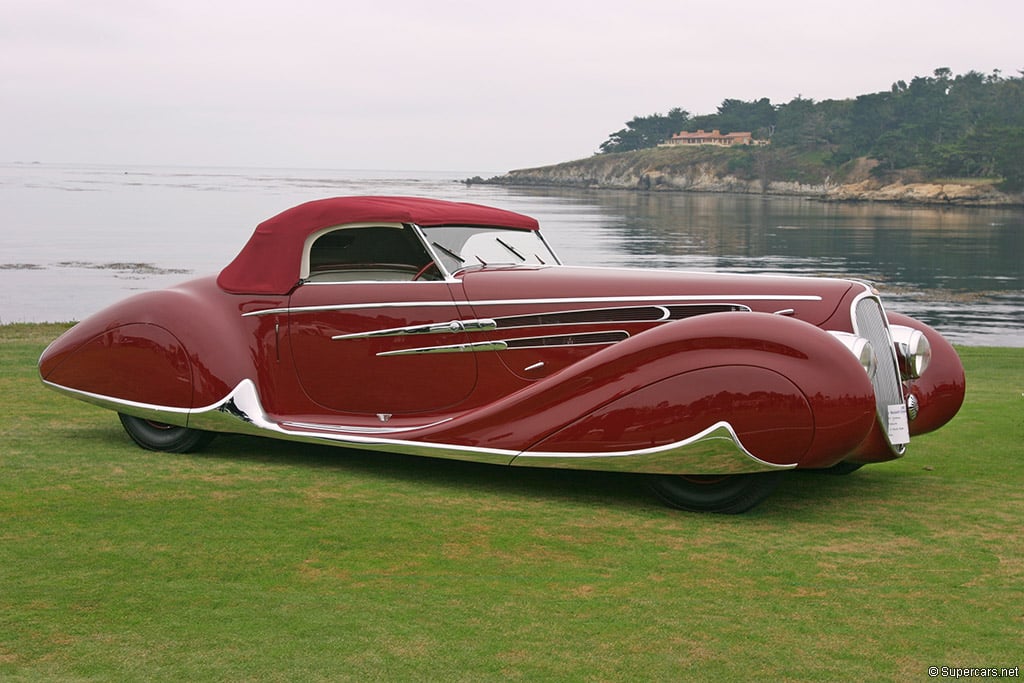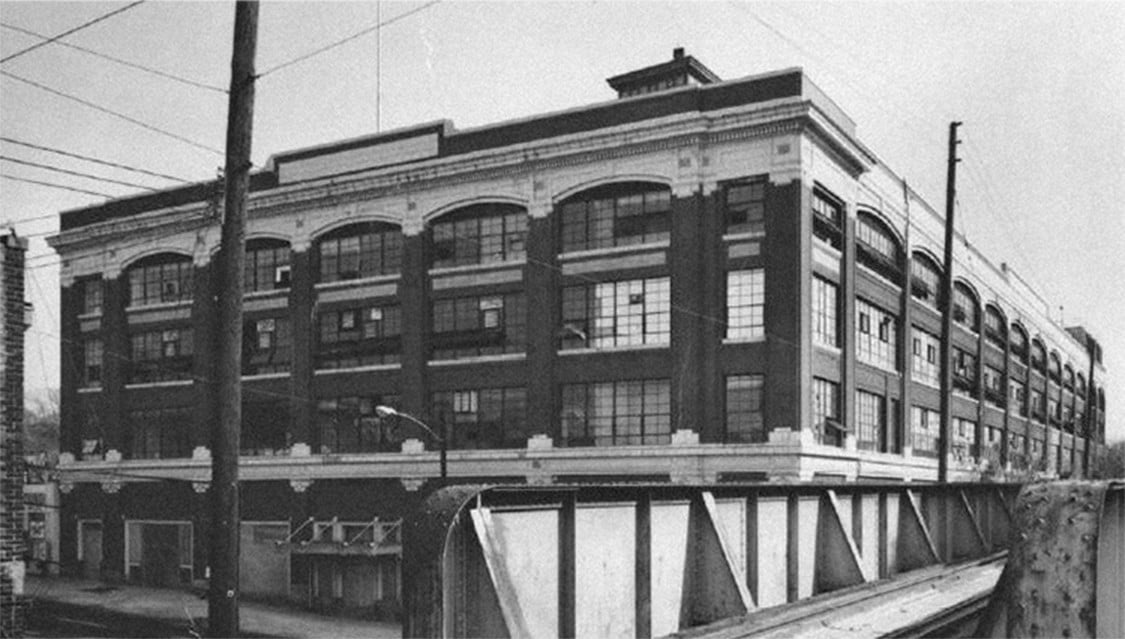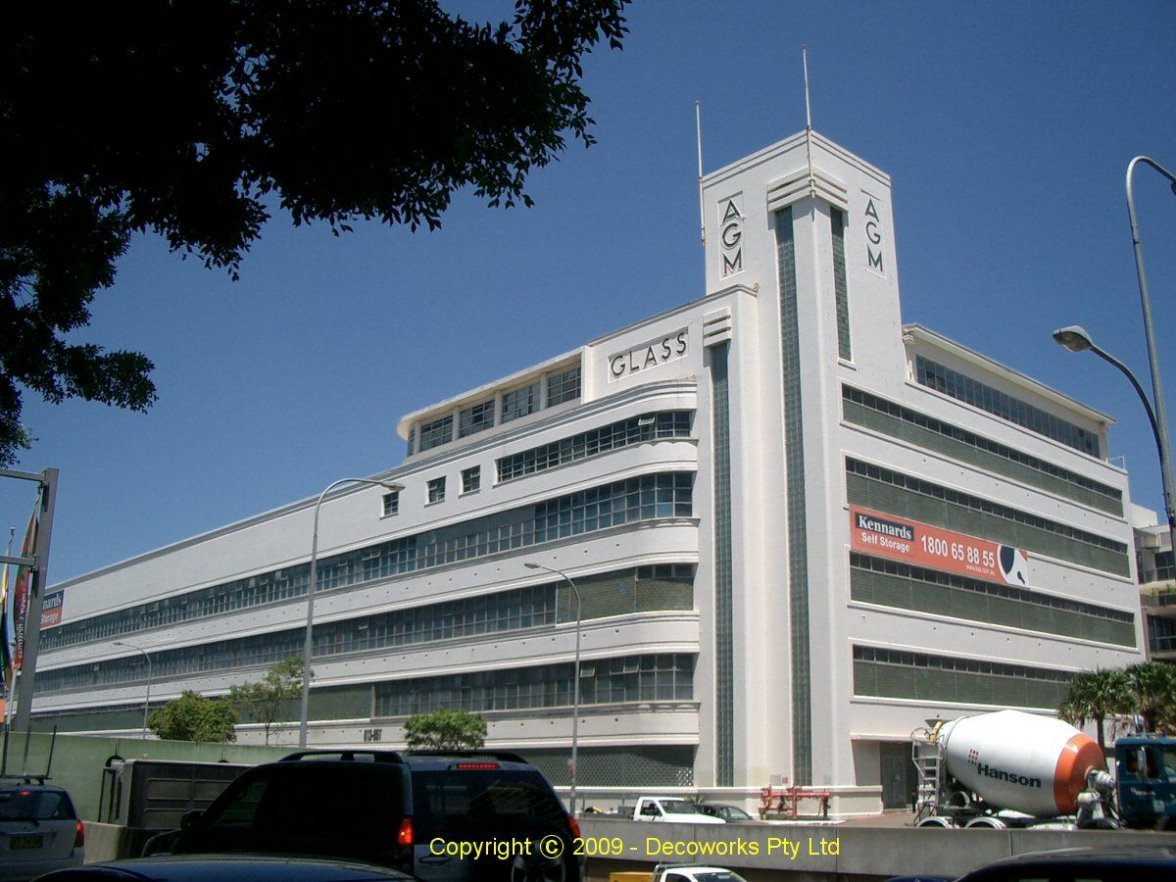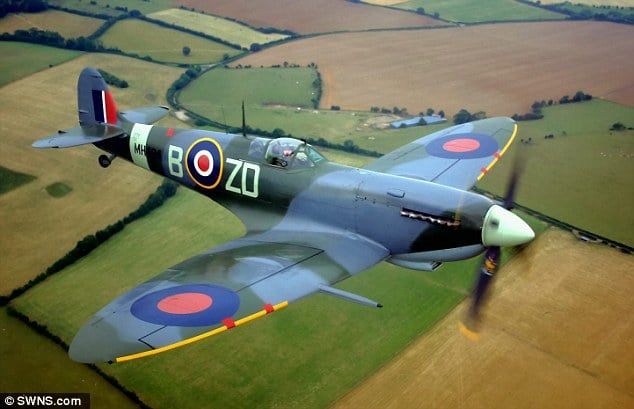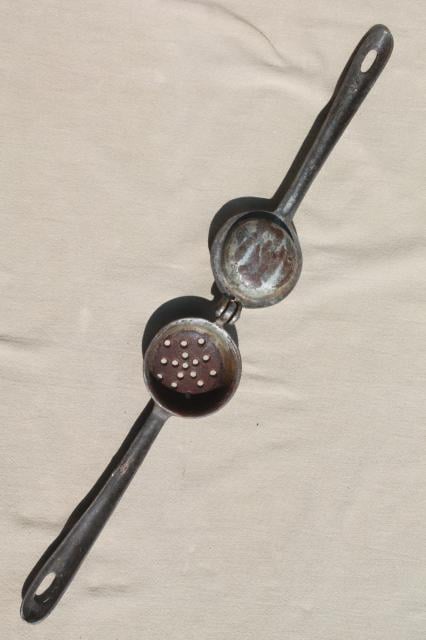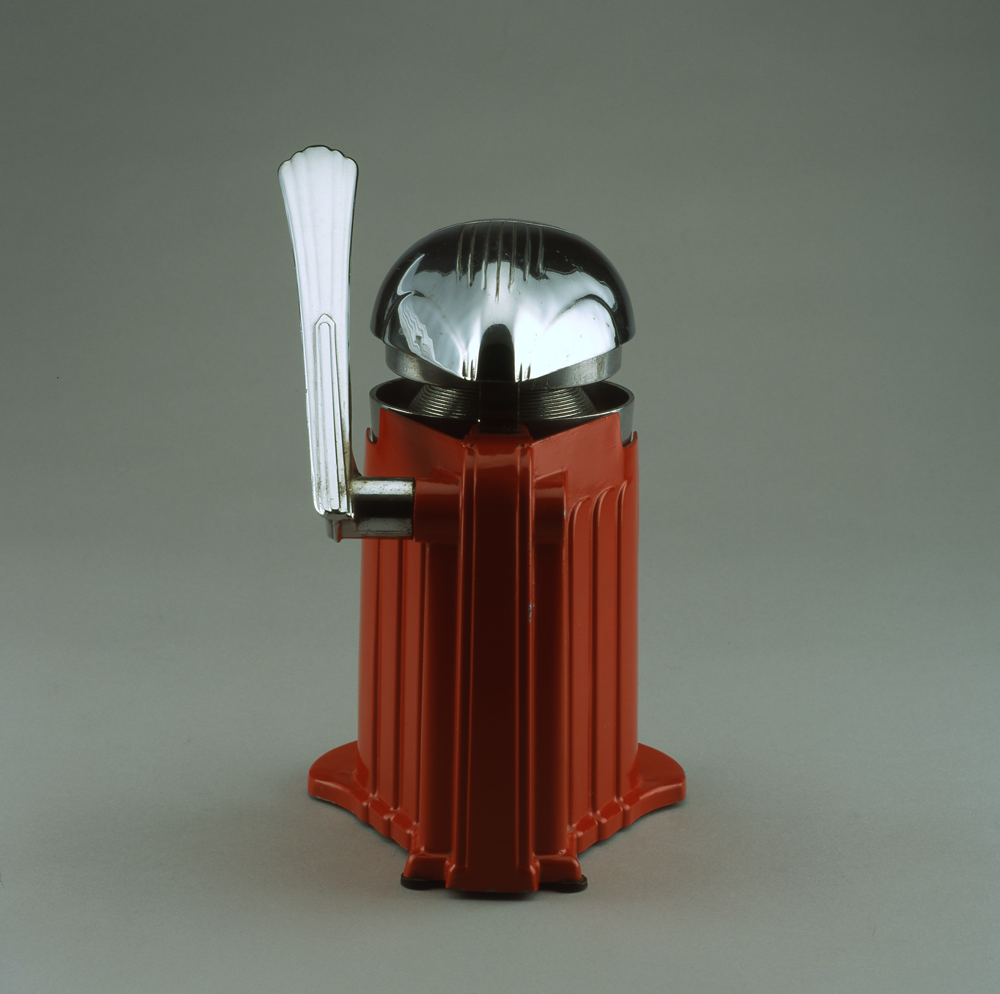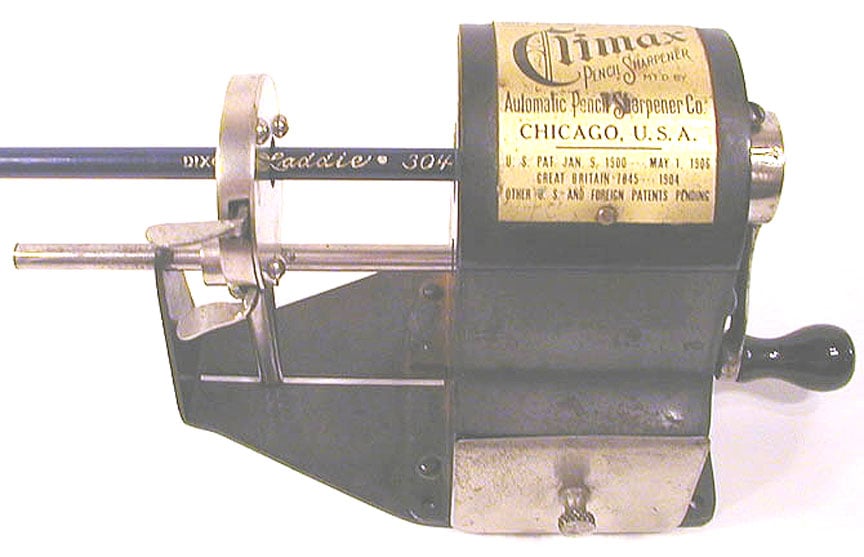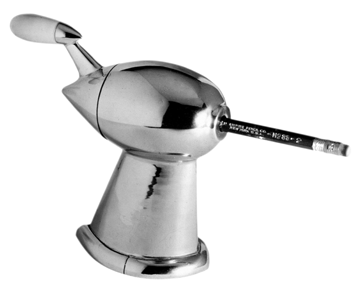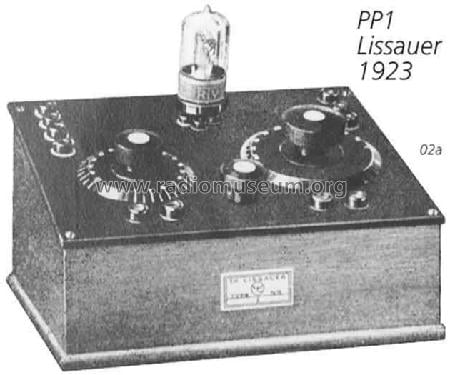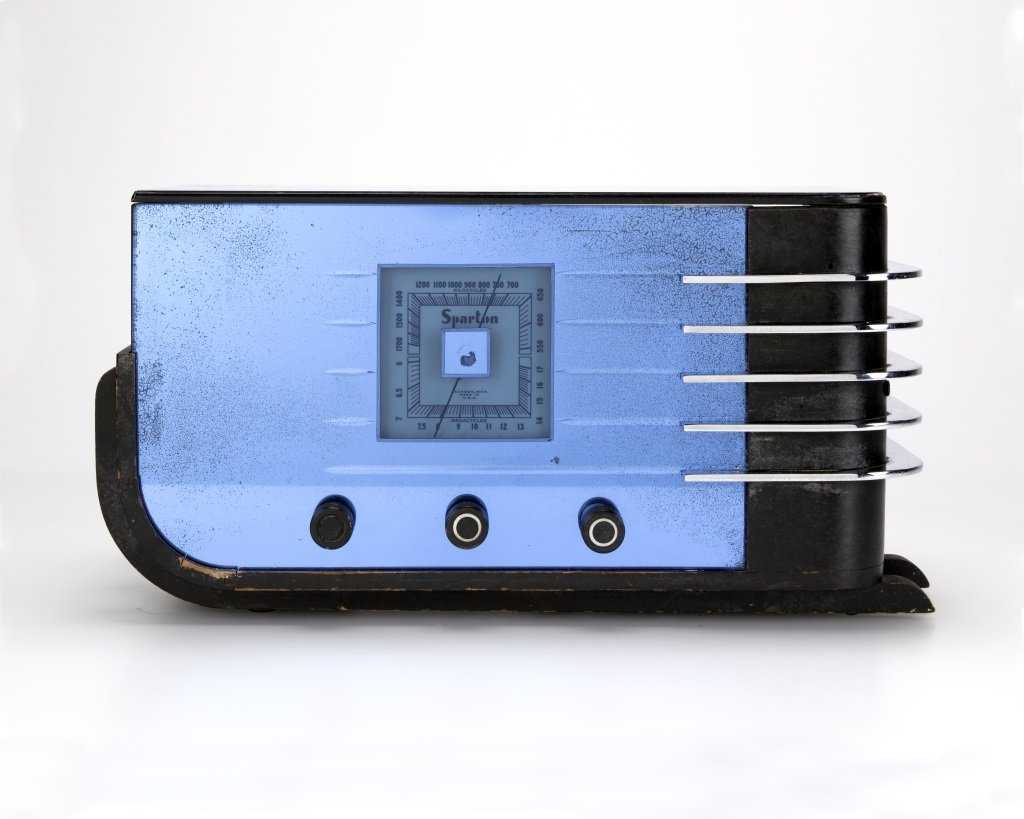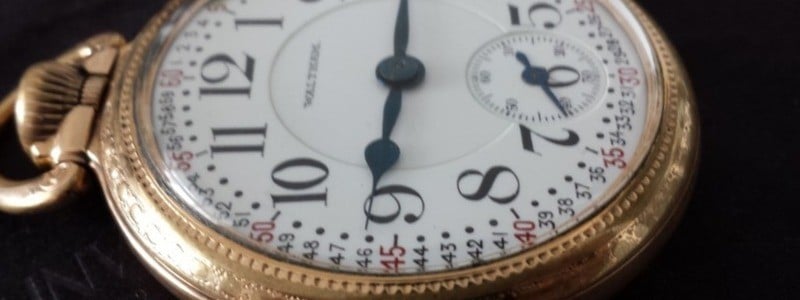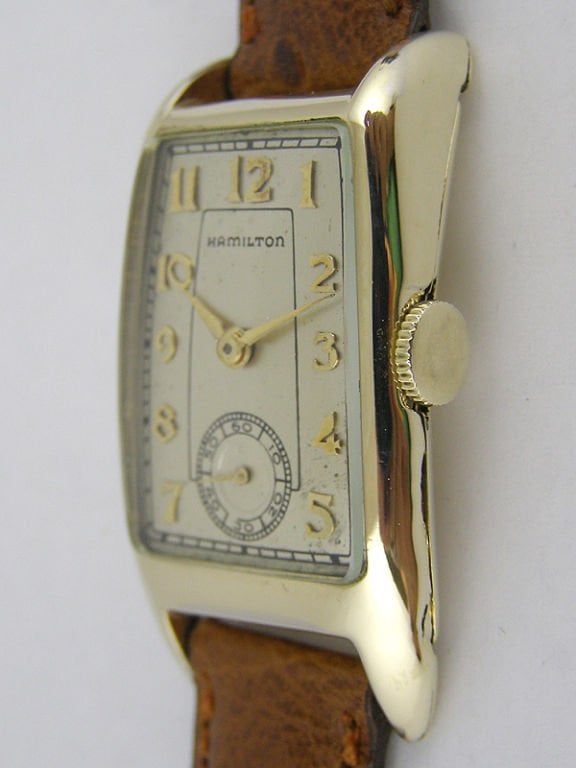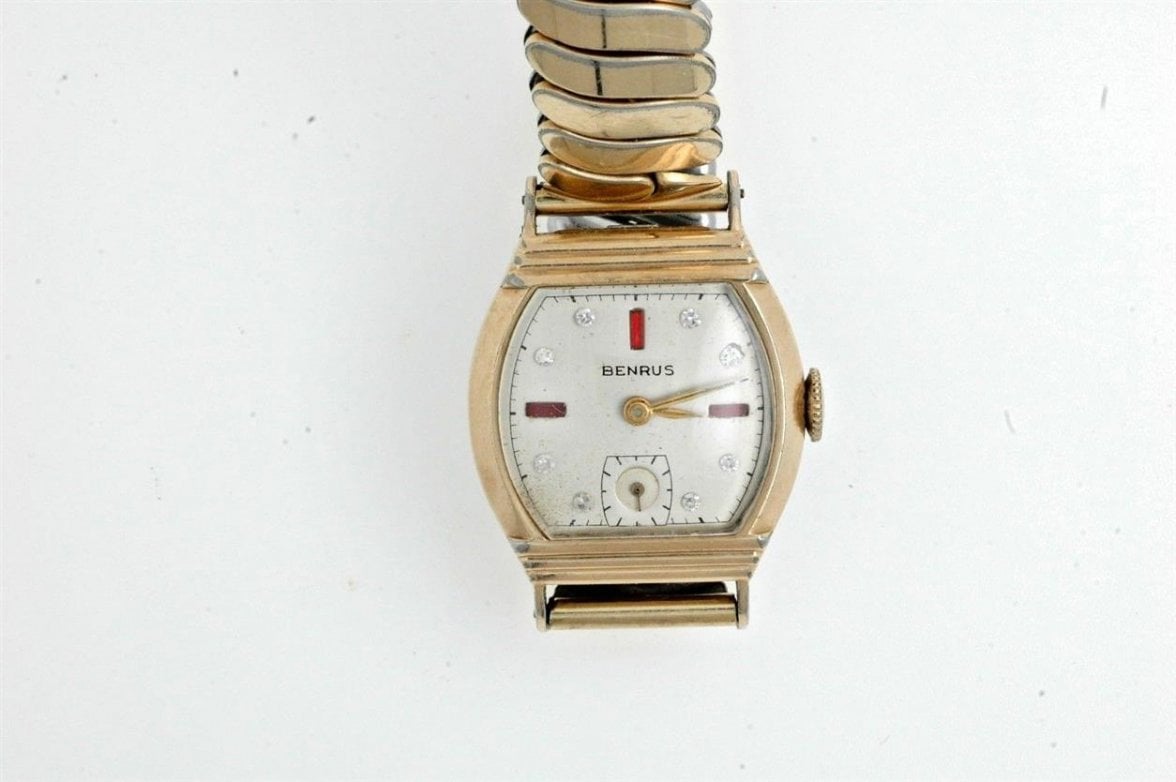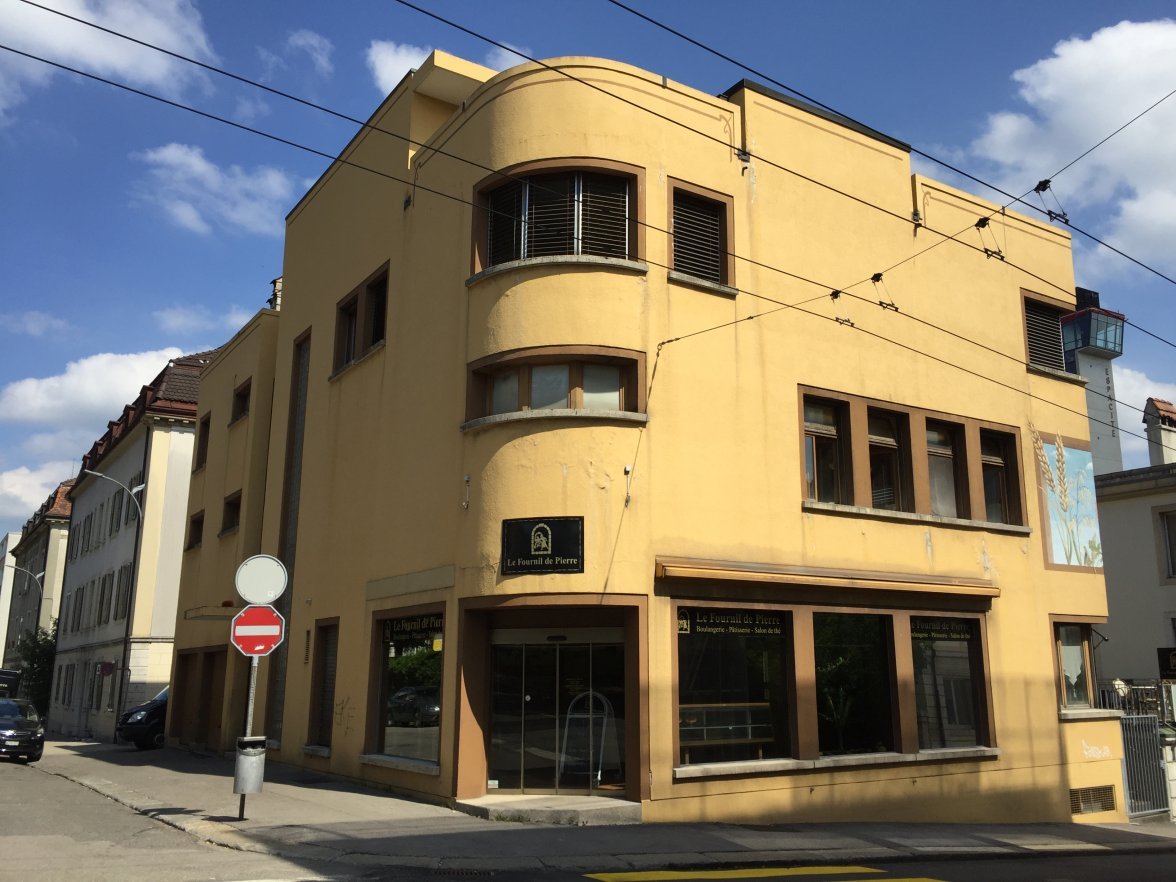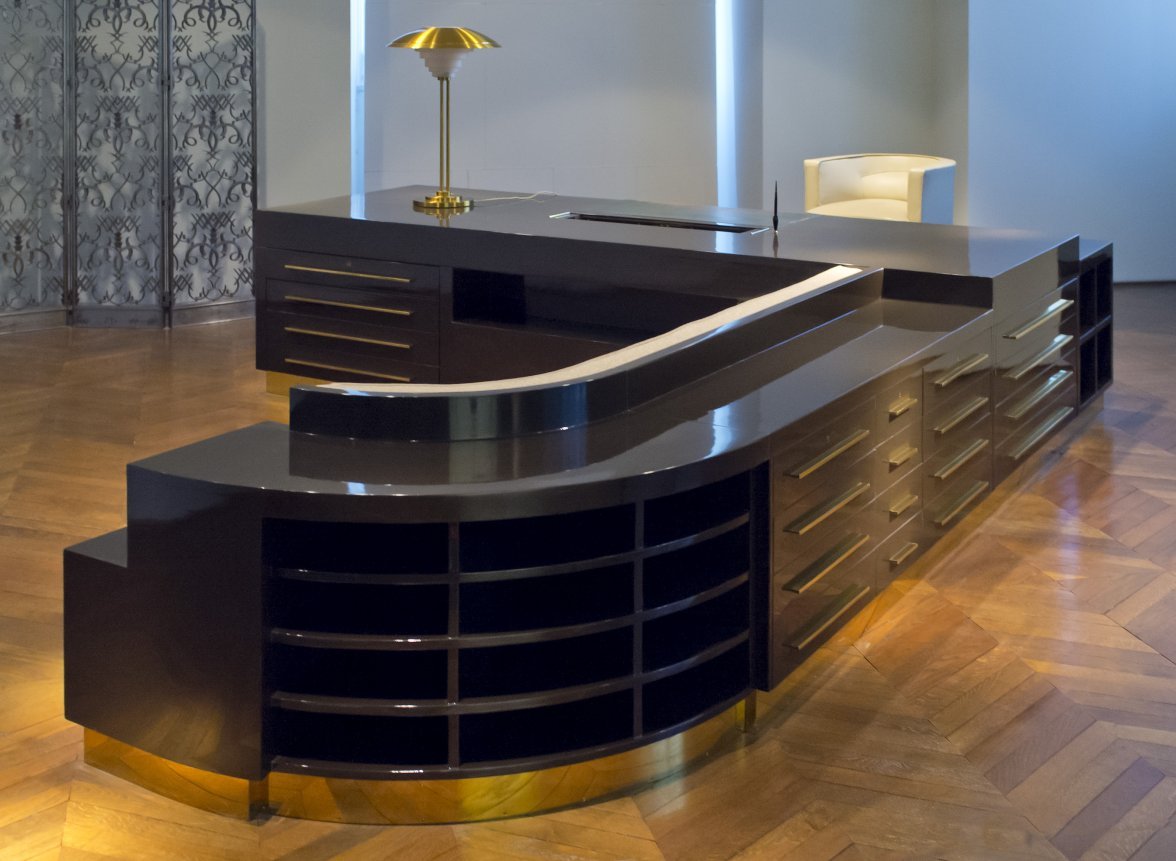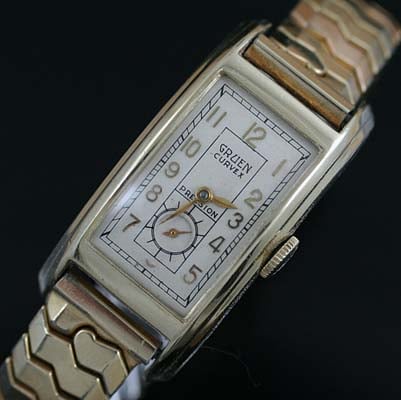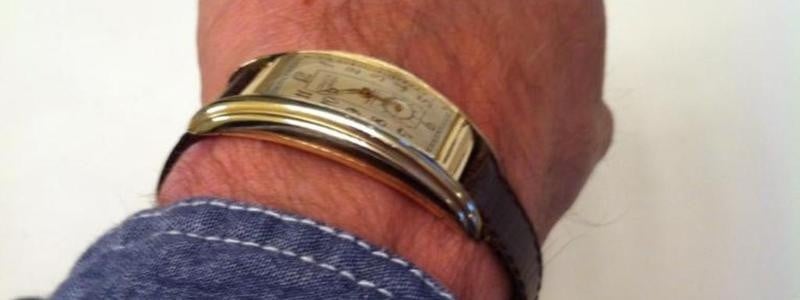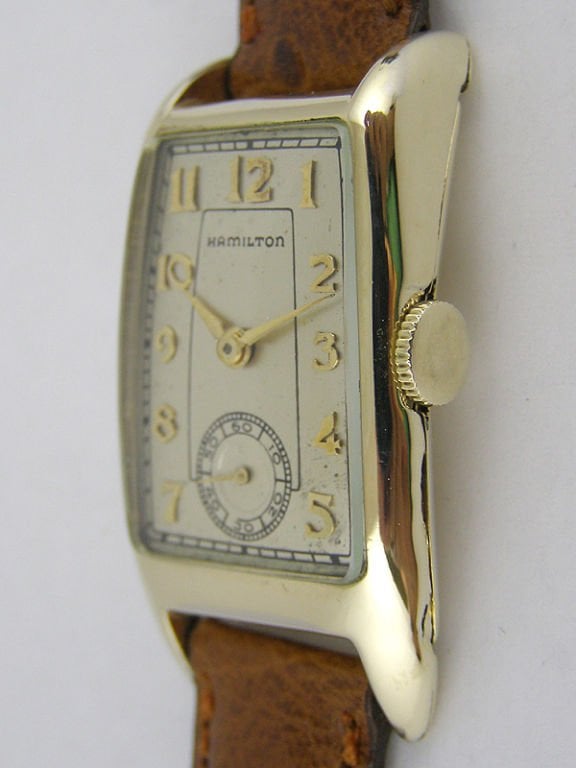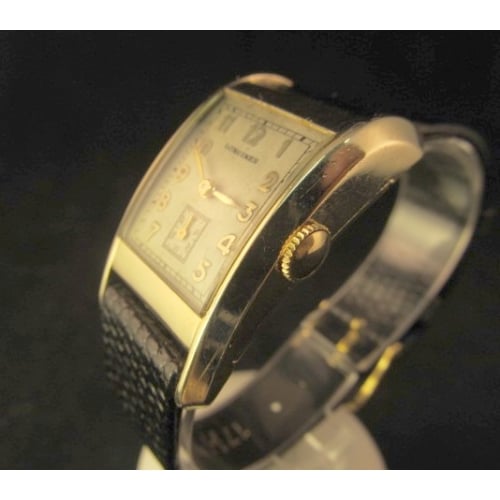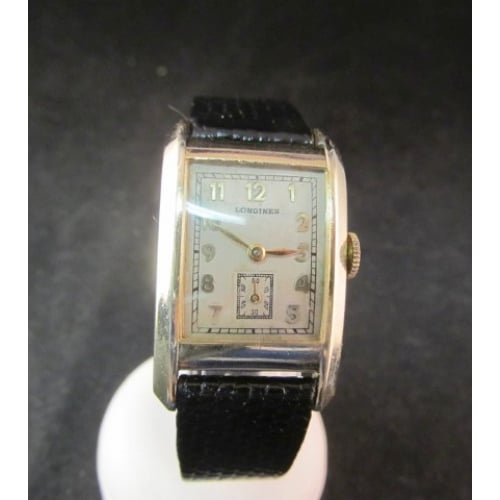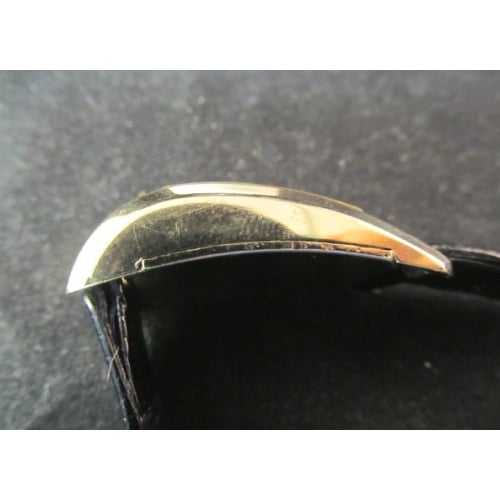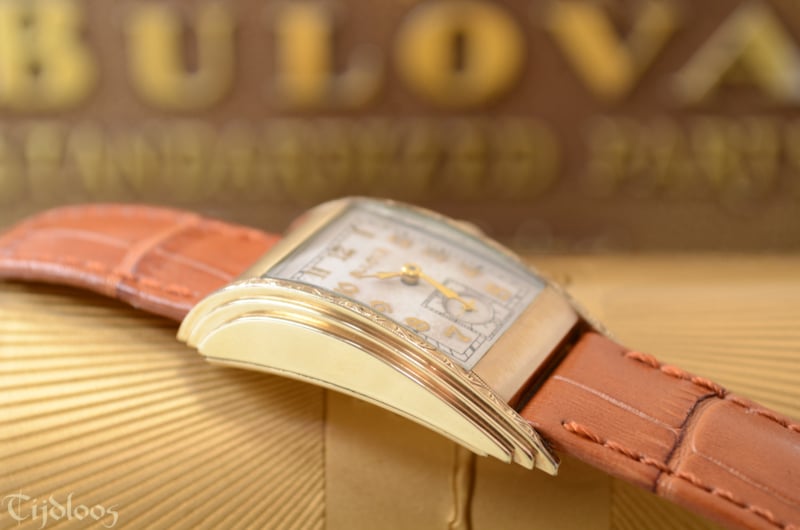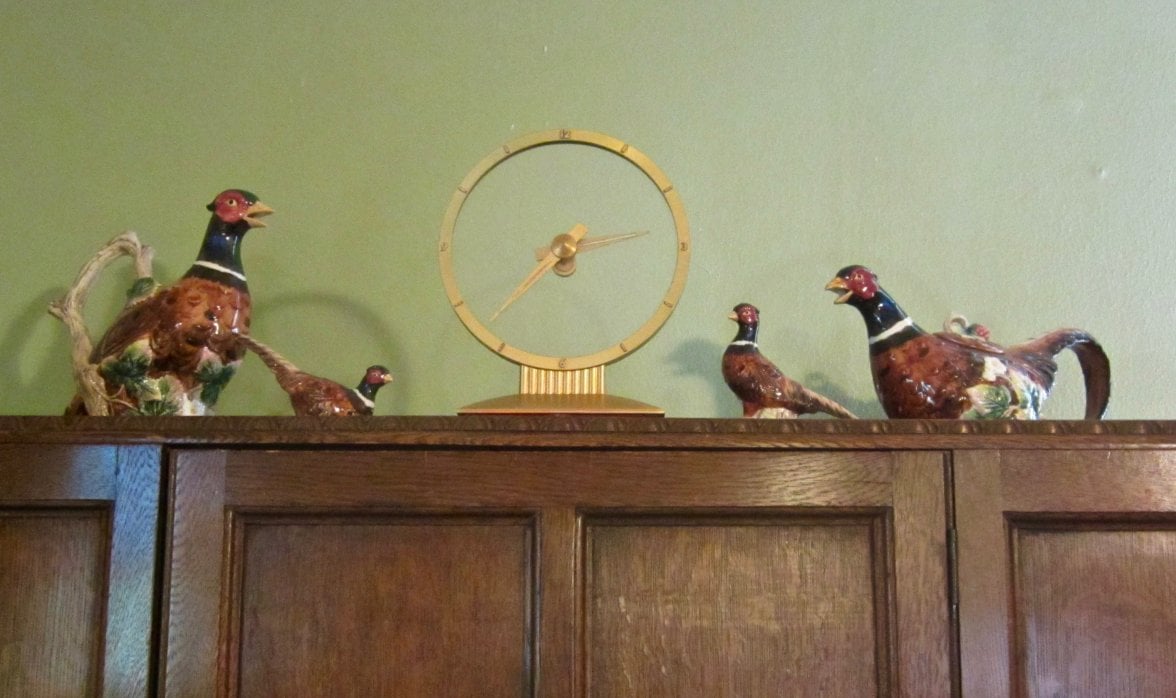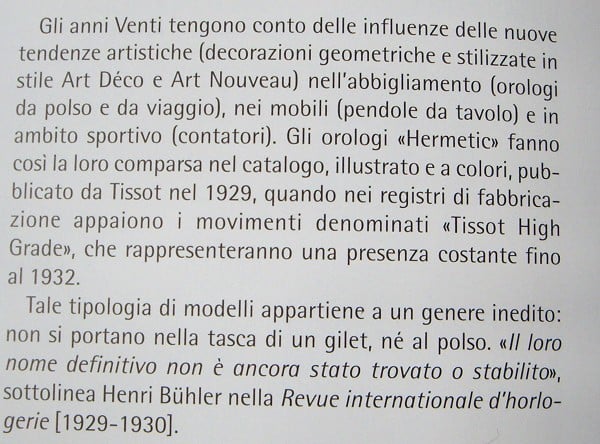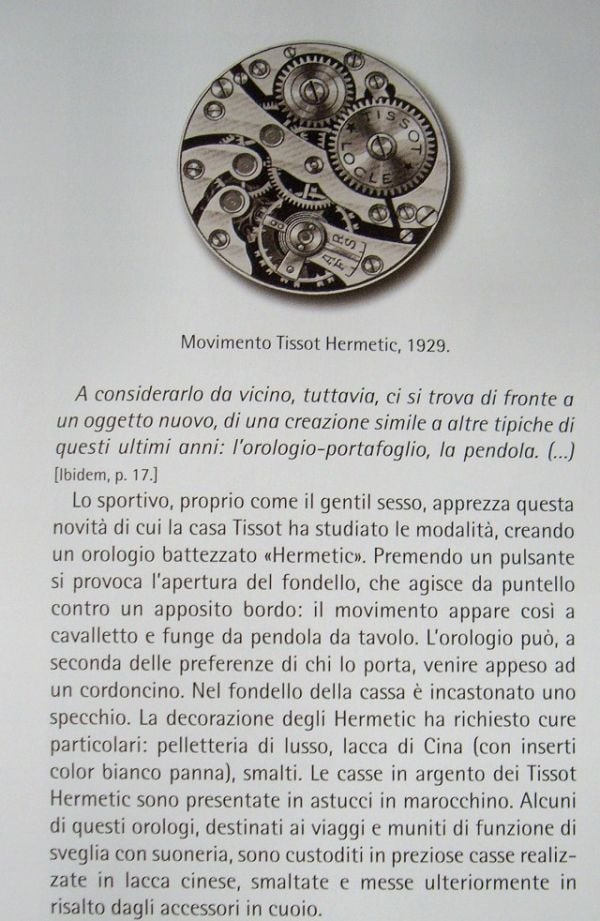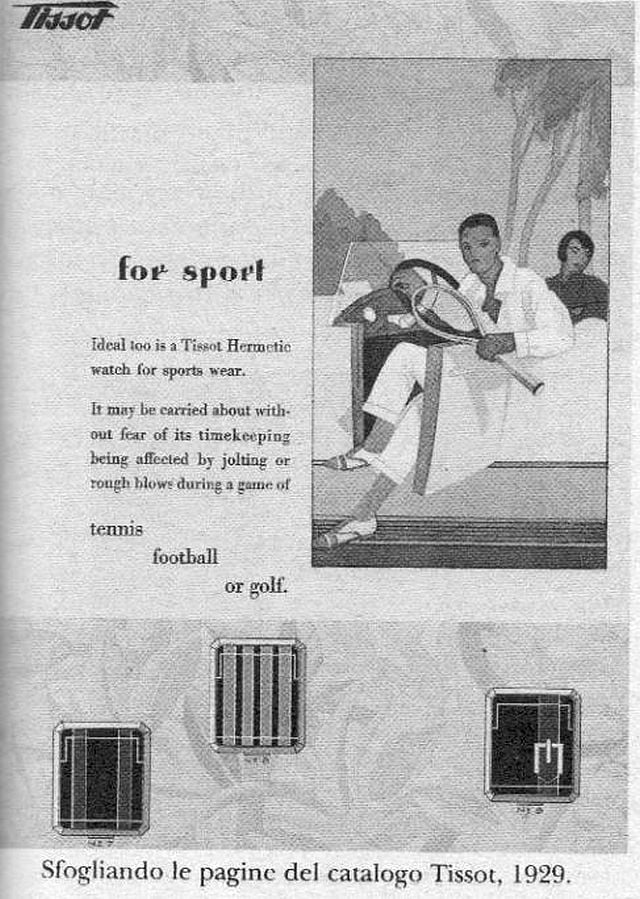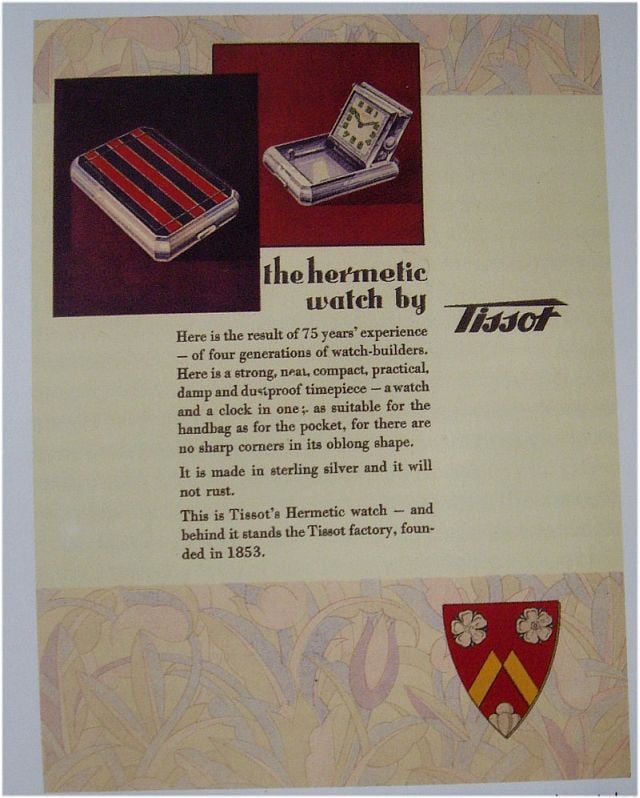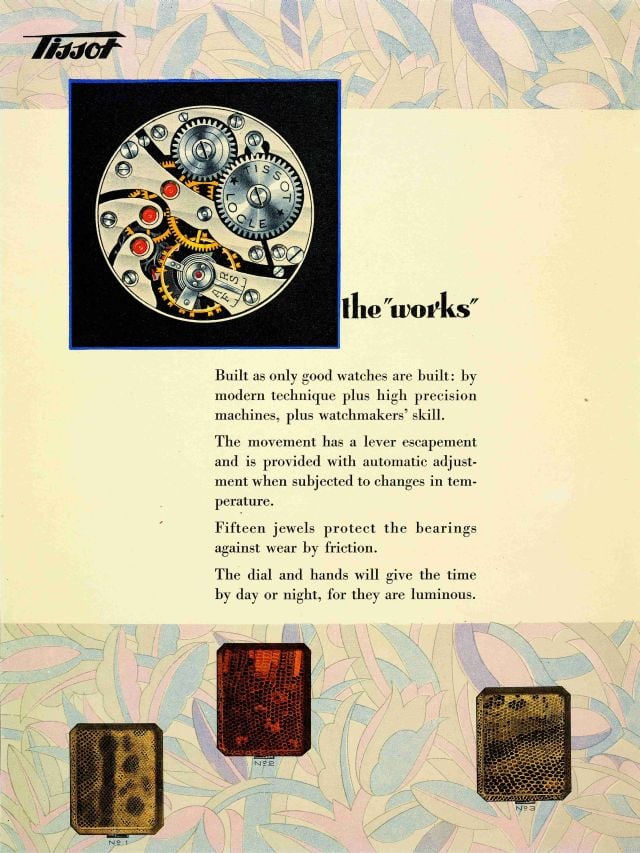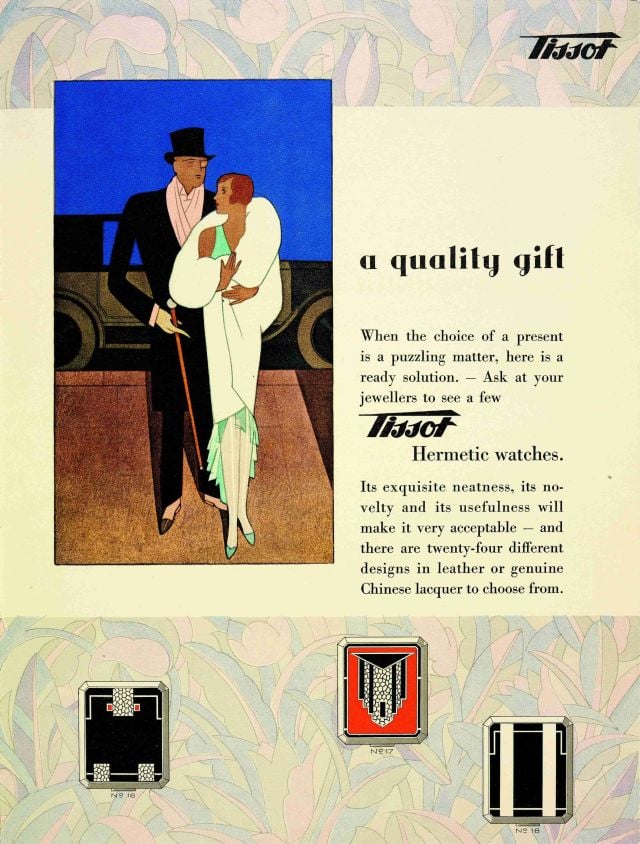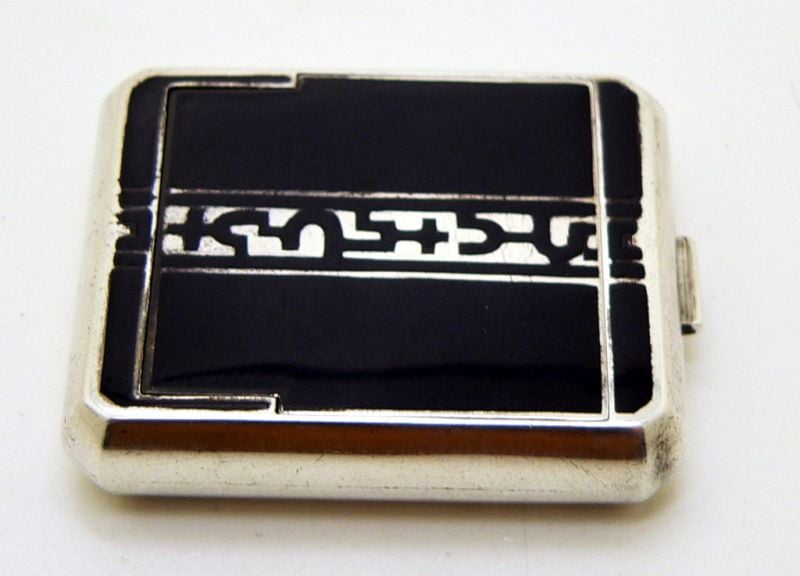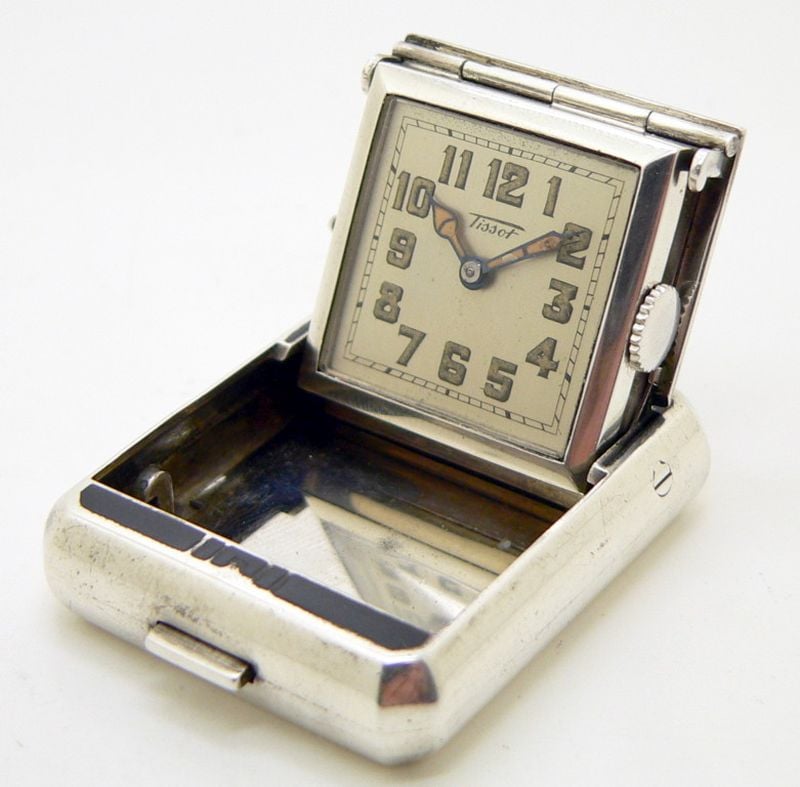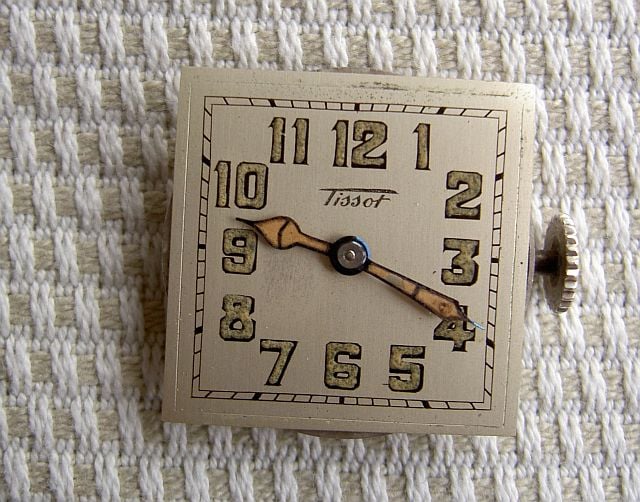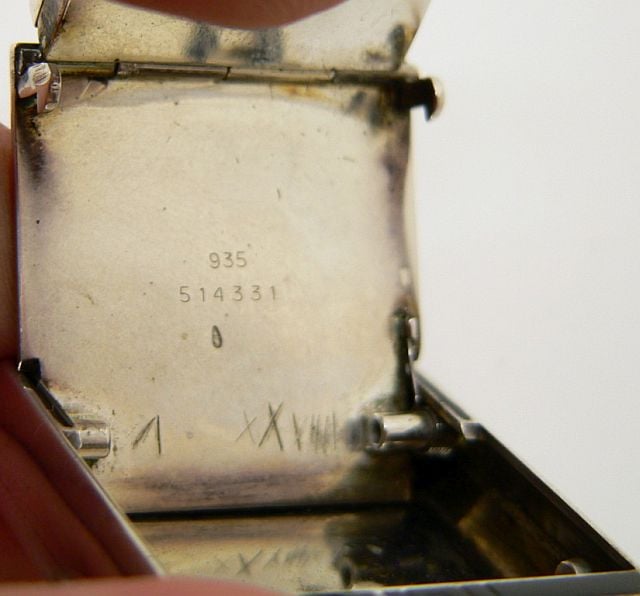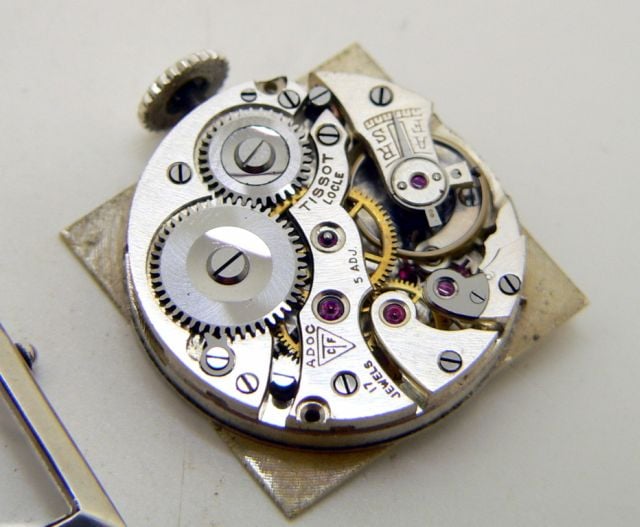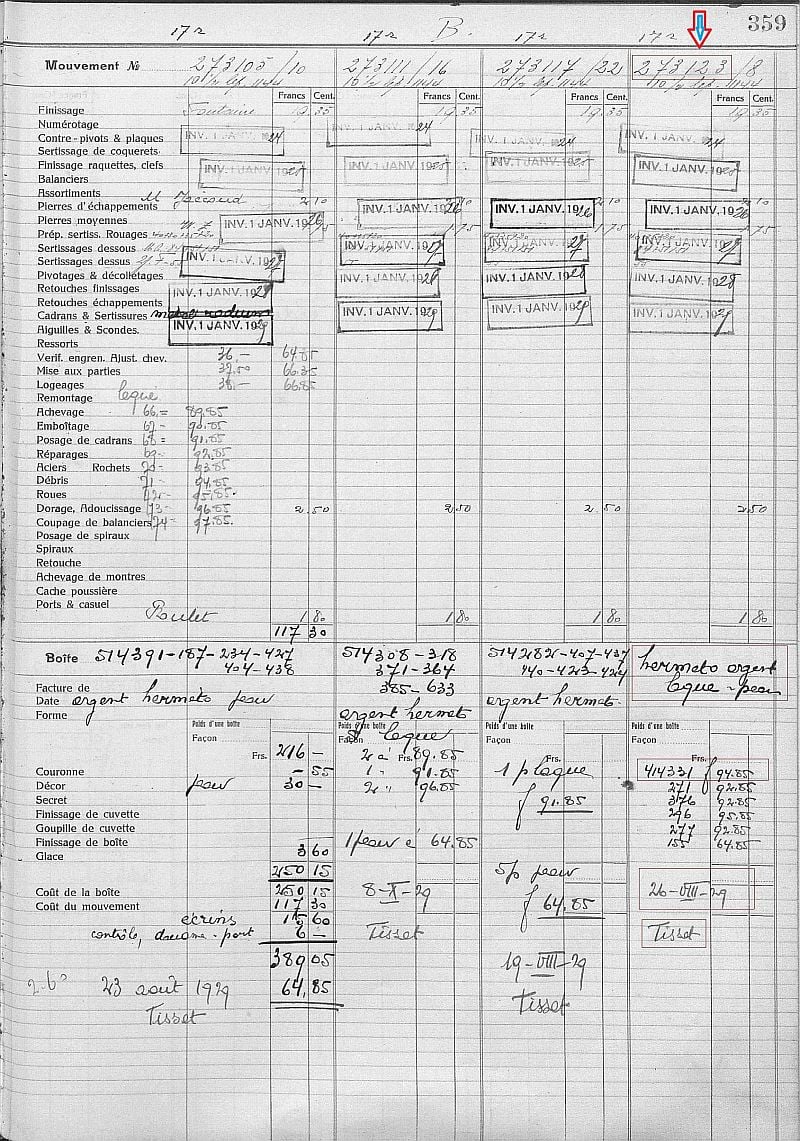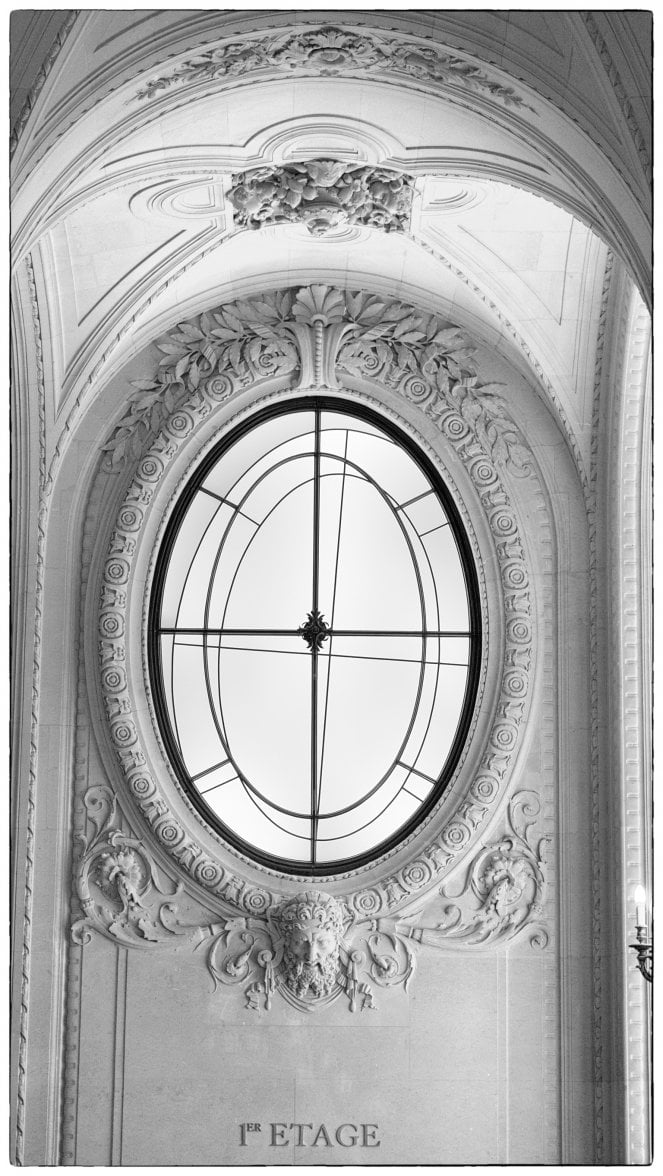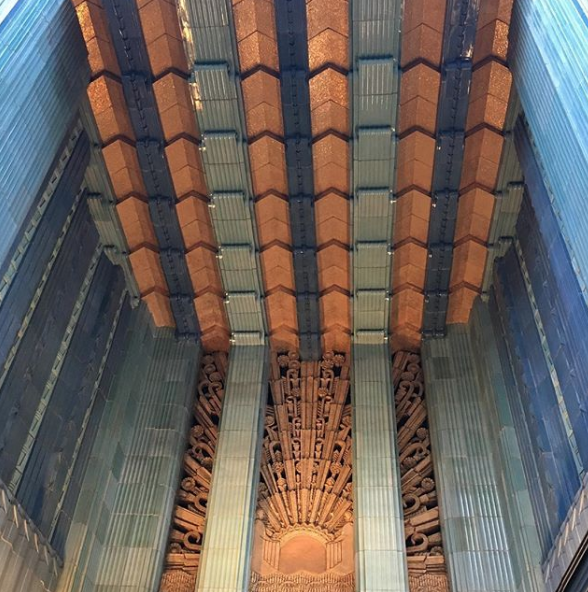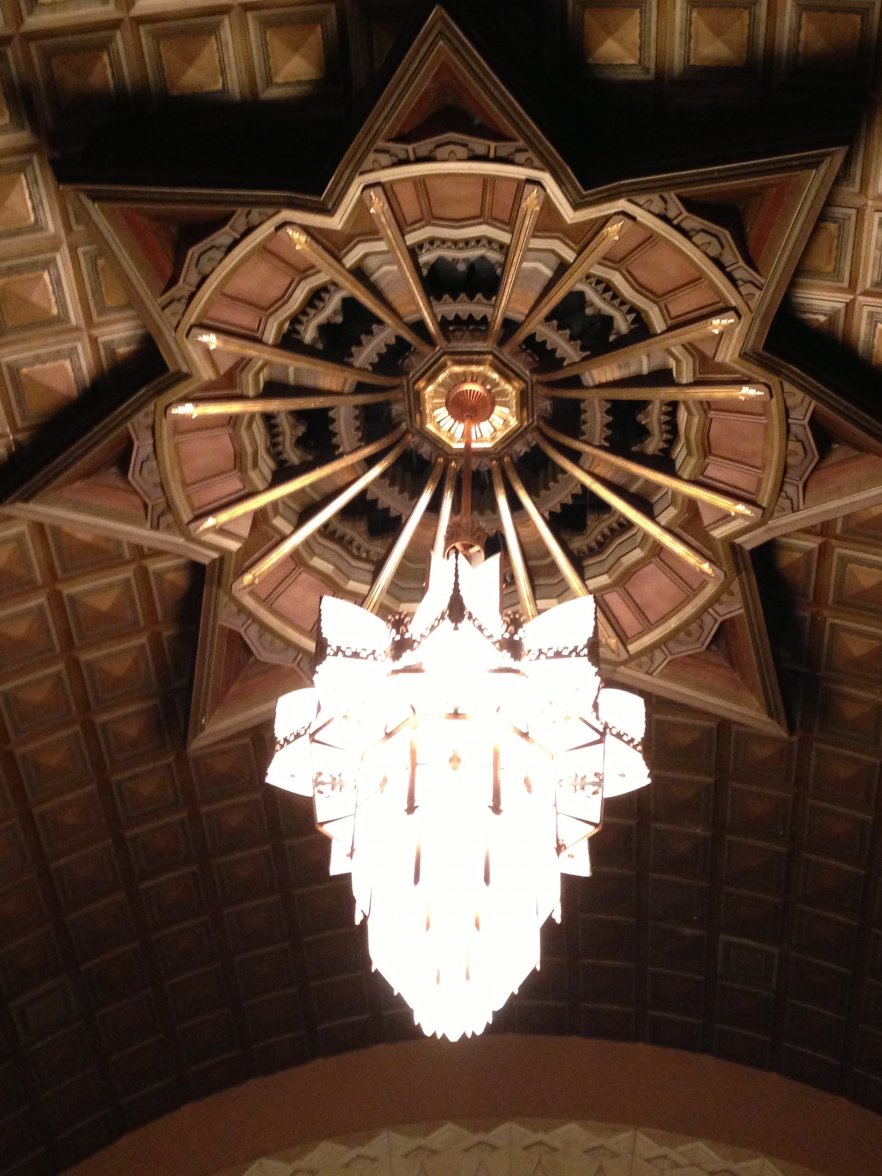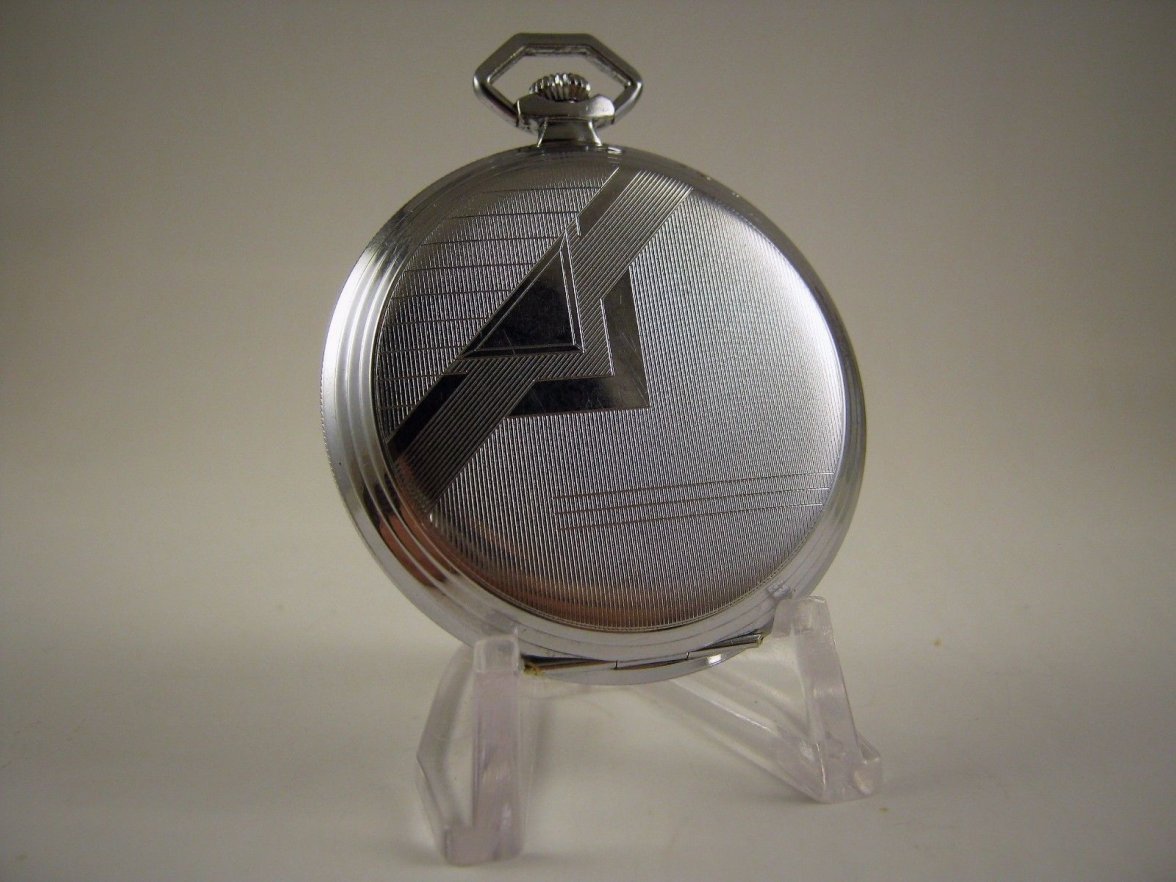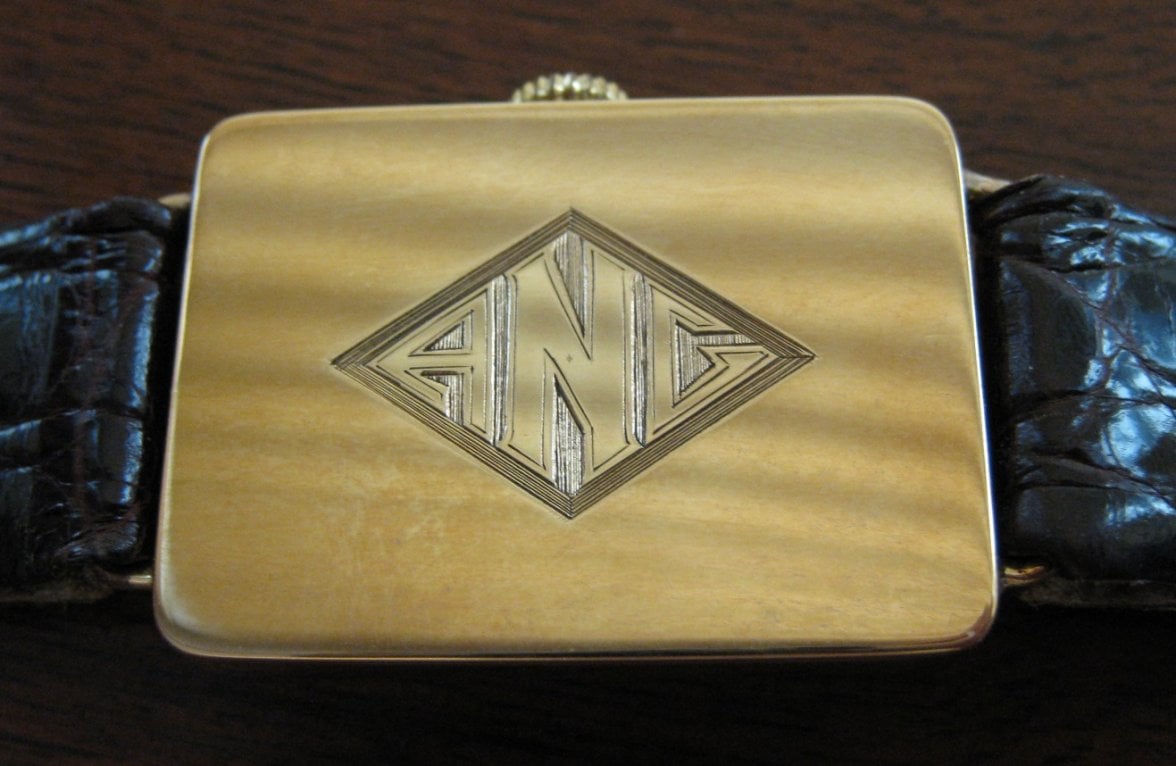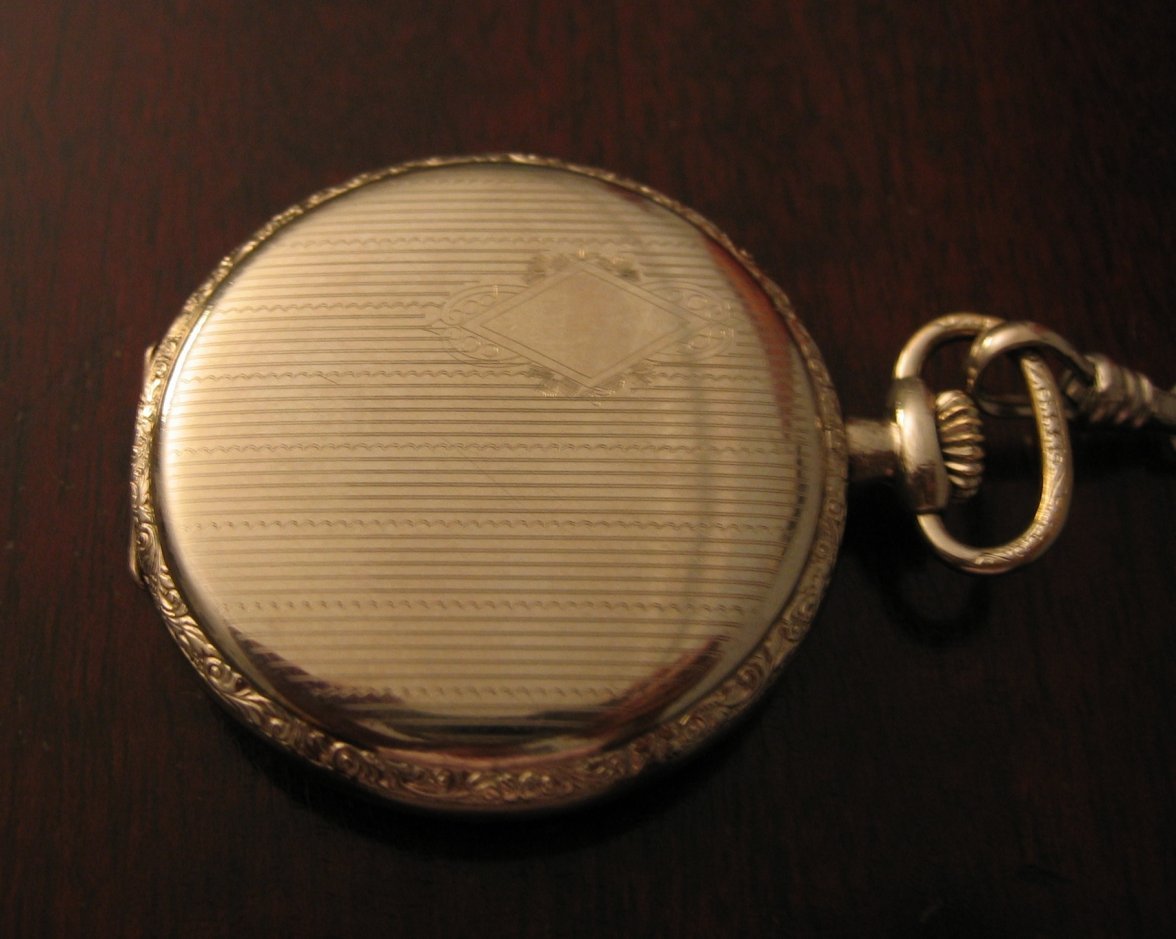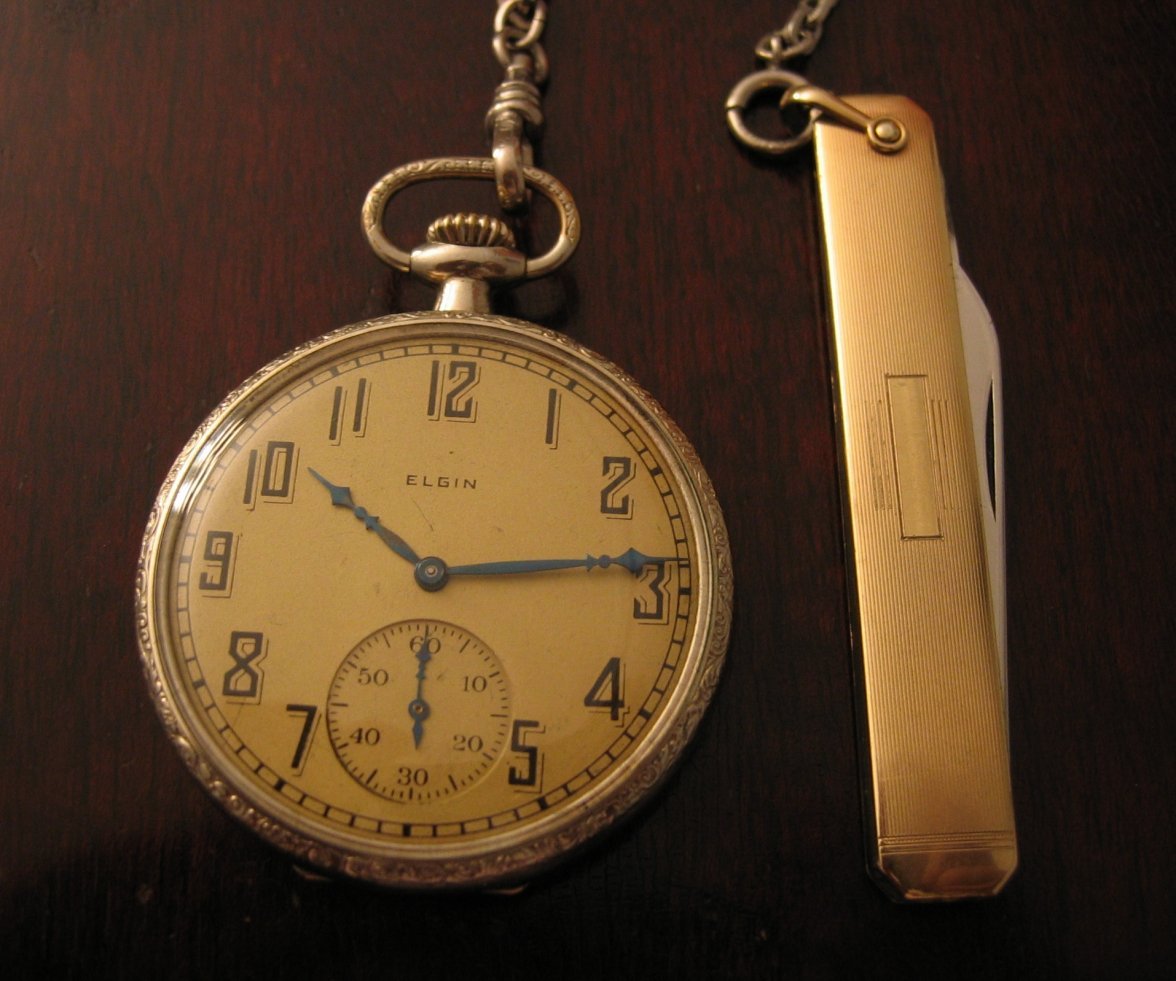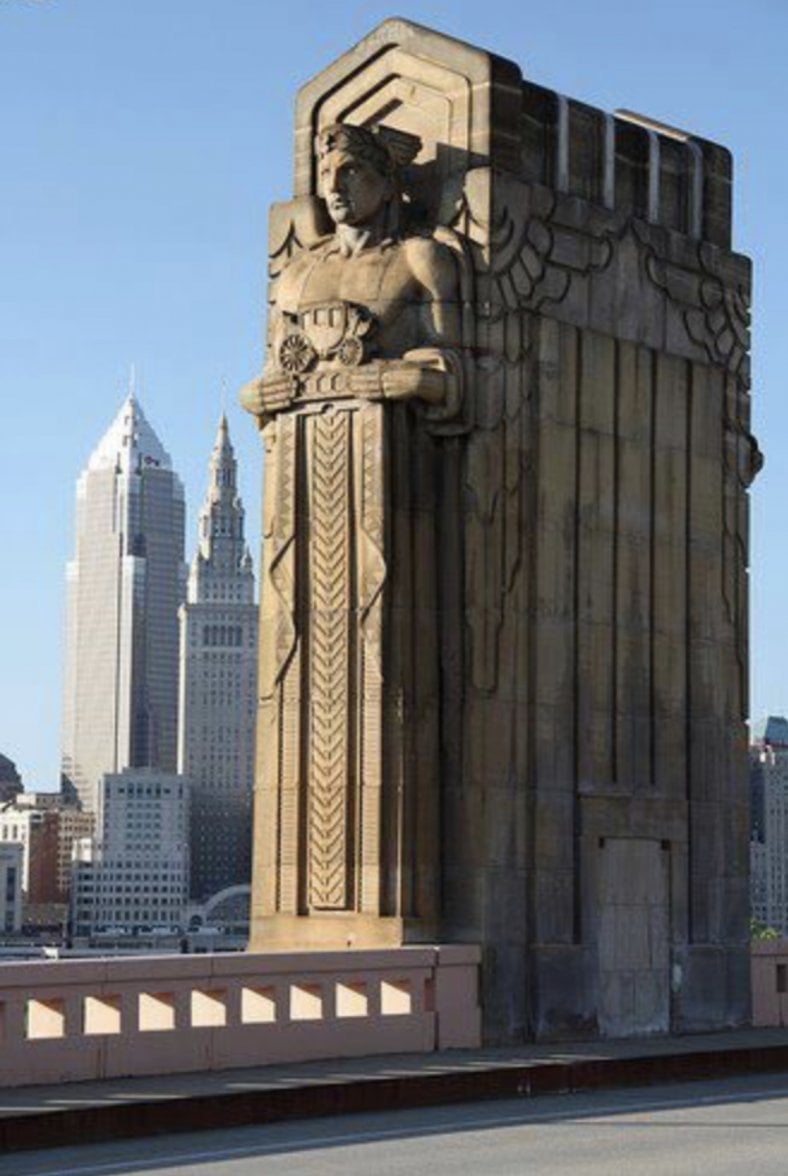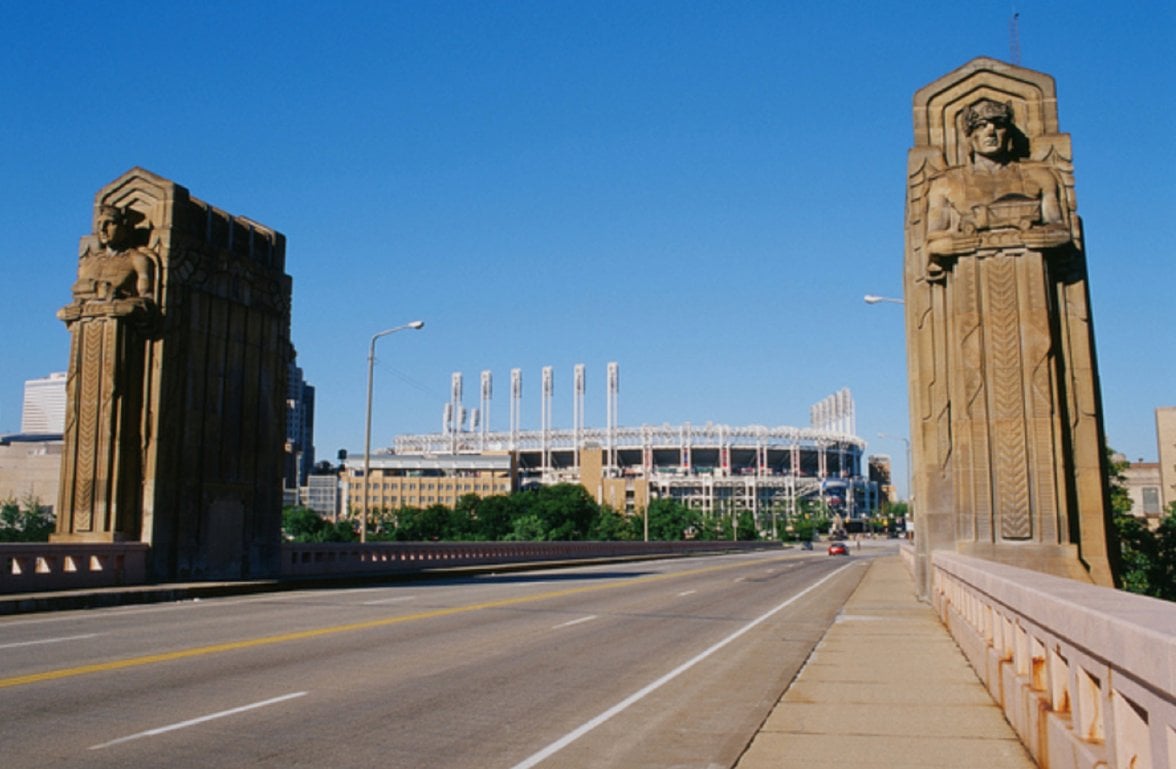@allwoundup thank you for your magnificent contributions.
I do wonder where "streamlining" goes when it comes to watches.
Also what time period are you talking about?
A lot of the misuse of "art deco" terminology comes when people use it incorrectly to refer to 1940s-1950s- and even 1960s items which bear some of the key features of art deco (eg streamlined architecture, stepped bezels).
So would you mind giving us additional details about what period and trend you have in mind in subject matters other than cars?
At your leasure of course... I'm sure you've got plenty to do on a week end.
Best regards
Syrte, thanks for your response/comments/questions. I am by no means a scholar/expert in Art Deco or watch design, but I have enjoyed this thread immensely. Thank you for kicking it off, and thanks to all the great contributions from OF members.
My apologies in advance for the length of this missive.
As most creative human undertakings are derivative, finding elements of Art Deco in consumer product design from the inception of the Art Deco movement to the present is to be expected.
While scholars undoubtedly have "start" and "end" dates for the Art Deco movement, and rigid definitions of what constitutes Art Deco, the consumer product market tends to be a messier and less precise place than academe.
In the post you responded to, I was essentially asking what influence the later "Streamlining" branch of Art Deco had on watch design? I invited OF members post pictures of relevant examples. Upon reflection, we might first consider what influence the earlier years of the Art Deco movement had on watch design.
As to the time period for this expanded discussion, I believe the genesis of Art Deco is generally accepted as just prior to WWI, and its "Streamlining" sub-branch is generally accepted as emerging during the first half of the 1930s.
However, as we are essentially discussing the application of the art form to a consumer product (i.e., watches) rather than the art form per se, we might shift the timeline a couple/few years to accommodate for the typical lag time between the genesis of an art form, when it is "consumed" primarily by "patrons of the arts", to the commercialization of the art form, when it is consumed in product form by the masses. So for discussion purposes, the period 1920 to the early1940s makes sense to me.
I believe my initial thinking about the influence of Art Deco Streamlining on watch design was actually focused on the high volume mass produced segment of the watch market targeting the "average man". However, in inviting OF members to provide examples of that influence, in the back of my mind I was perhaps hoping for examples of higher-end, lower production watches -- "specimen" pieces, if you will -- that foreshadowed what was to come in the mass produced sector of the market.
When pondering the influence of Art Deco on watch design, I looked at a couple of online vintage Bulova watch sites for visual references, specifically
https://www.watchophilia.com/photogallery/ and
http://mybulova.com/bulova-models. Both have great photo galleries containing various models categorized by year of production. As there is considerable similarity in product aesthetics across manufacturers during the period of time being discussed, I believe these two Bulova sites provide a valid reference for manufacturers in the high volume mass produced market sector, as a whole.
Some inexpert observations and questions for possible discussion.....
While the predominant shape of men's timepieces prior to WWI appears to be have been round -- i.e., pocket watches and trench watches -- men's wristwatches from immediately after WWI to the early 1940s appear to be predominantly rectangular. It is extremely common for the cases and dials of watches to be embellished with Art Deco motifs. Art Deco case and dial embellishments, such as chased designs, remain very popular throughout the 1920s and and 1930s, as do the use of Art Deco type fonts on dials.
Question...did Art Deco influence the radical change in the shape of men's timepieces, from round to rectangular, as represented in wristwatch form, post-WWI through the early 1940s? Rightly or wrongly, I have always regarded Art Deco to be biased toward "angular/linear" design motifs rather than "curvilinear" motifs.
Throughout most of the 1920s, men's rectangular wristwatch cases tended to be "squarish" -- i.e., having rather tight length-to-width ratios. It wasn't until the late 1920s that men's rectangular wristwatch cases began to elongate, and then only slightly so. A couple examples:
https://www.watchophilia.com/photogallery/bulovas-1920-1929/a1928-brewster/
http://mybulova.com/watches/1929-wellington-1785
The laterally "stepped" rectangular men's wristwatch cases that are commonly associated with Art Deco design don't seem to appear until 1928-29, and then in only a very few models. Laterally stepped rectangular case motifs grow increasingly more "dramatic" and very popular by the mid-1930s. A couple examples:
https://www.watchophilia.com/photogallery/bulovas-1930-1939/a1934-lone-eagle/
http://mybulova.com/watches/1936-commentator-2228
The popularity of these "dramatic" laterally stepped case motifs appears to decline significantly after 1937.
Question...why did it take more than a decade for laterally stepped Art Deco motifs to be incorporated in men's wristwatch designs and become a popular design element? Is the popularity of the stepped motif tied to the construction of iconic stepped Art Deco skyscrapers such as the Chrysler Building (construction started 1928...completed 1930) and the Empire State Building (construction started 1930...completed 1931), and the emergence of the modern urban skyline, more generally?
While the rectangle appears to be the dominant shape of men's wrist watches from 1920 until the early 1940s, a few significant and increasingly popular changes emerge in mid-1930s through the early 1940s. First, the rectangular form becomes more commonly elongated. Second, the relatively sharp "angularity" common in rectangular cases from 1920 to the mid-1930s begins to give way to a general softening of edges and surfaces through rounding and the increased incorporation of "curvilinear" forms. Third, Art Deco case and dial embellishments are increasingly eliminated. Lastly, to the extent that rectangular cases still incorporate lateral stepping, the steps tend to be fewer (often only one step), much thinner and run the majority, if not the entirety, of the case length.
Some examples:
http://mybulova.com/watches/1938-rite-angle-7092
http://mybulova.com/watches/1939-standish-6988
http://mybulova.com/watches/1940-ambassador-5145
https://www.watchophilia.com/photogallery/bulovas-1940-1949/a1941-minute-man2/
I would argue that the changes outlined in the above paragraph are the direct result of the emergence of the "Streamlining" branch of the Art Deco movement during the first half of the 1930s.
In my initial post regarding the influence of Art Deco Streamlining on watch design, I referenced the movement's influence on automotive design through the evolution of hood ornaments. I chose images of hood ornaments rather than images of the cars they adorned because they perhaps more fully embody the streamlined vision, while the design of the car itself is often compromised by cost considerations. It is not surprising that the most fully realized examples of automotive streamlining are very high end, often bespoke, creations.
In any event, I believe it is difficult, if not impossible, to fully appreciate Art Deco Streamlining as it relates to architecture and consumer products without having an appreciation for the roots of functional streamlining, specifically as it relates to technological innovation in machine powered transportation during the early first half of the 20th century.
As innovations in propulsion technologies advanced making higher speeds feasible for travel on land, on/in water and in the air, drag (air/water resistance) became THE obstacle to be overcome. Thus the immense functional importance of streamlining.
The dramatic increases of machine powered transportation which emerged in the first half of the 20th century in no small way defined "modernity", progress and the trajectory of history in the mind of the average man.
Consider that at the turn of the century, and perhaps for a decade or more afterwards, the average person in a modern western country never moved faster than they could walk or be pulled in a wagon/buggy by a horse. For a time, there was serious scientific speculation regarding the possible health ramifications for humans if the magic "mile a minute" (60mph) barrier was achieved. On today's highways, drivers doing 60mph are regarded by most of us as "obstacles" to where we are going.
Functional streamlining of the means of transportation represented the "future", and explains "why" elements of transportation streamlining became an aesthetic widely applied to non-transportation design from architecture, to furniture, to radios, juicers, pencil sharpeners...perhaps even watches.
If you actually read all the way through to here, you are crazier than I am....go do some research for WRUD?
Some examples of various things from 1914 and streamlined in 1938....












